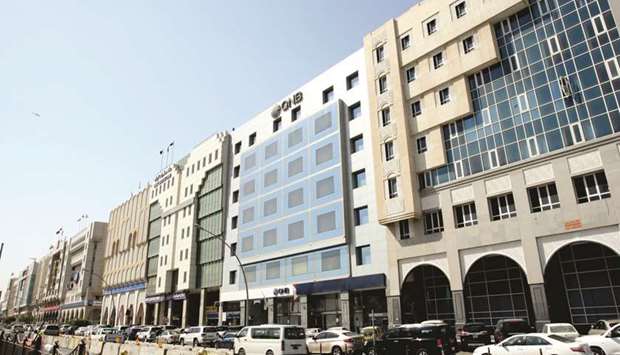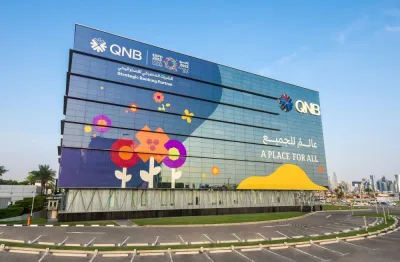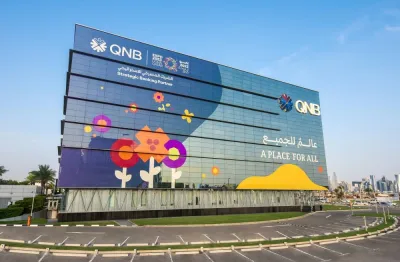With credit continuing to flow, liquidity ample and asset quality and profitability robust, Qatar’s banking sector remains “resilient and healthy”, QNB said in its ‘Qatar Economic Insight – September’.
Despite the economic blockade, deposit growth was a buoyant 13.2% in 2017 versus solid loan growth of 8.5%.
With deposit growth outstripping loan growth, the system-wide loan-to-deposit ratio fell back to around 110% and the liquidity environment improved, QNB said.
Timely intervention from the authorities supported the financial system’s adjustment, QNB said.
Robust public-sector deposit mobilisation (up 69.6%) more than made up for the withdrawal of non-resident deposits from the blockading economies, underscoring the financial system’s resilience.
The funding structure of the banking sector also changed favourably in 2017 with the share of funded liabilities in long-term maturities rising to around 18% from around 11%.
Other indicators attest to the soundness of the financial system, QNB said.
The banking system remains well capitalised with banks’ capital adequacy ratio (CAR) rising to 16.8% in 2017; up from 16.1% in 2016 and well above Basel III guidelines.
Asset quality also remains high with non-performing loans (NPLs) steady at 1.7% of capital last year. Profitability remains solid with returns on equity (ROE) close to 14%.
Helped by higher hydrocarbon revenues, deposit growth of around 6% is expected in 2018, ticking higher to 7.5% in 2019.
Solid loan growth of 5% is expected this year, firming to 7% in 2019 helped by higher credit demand in both the public and the private sector, QNB said.
“Deposit of 6% and loan growth of 5% expected this year should result in a further decline in the loan-to-deposit ratio,” the report said.
“Government policies targeted to strengthen the private sector and ongoing infrastructure projects will support credit demand.
The loan-to-deposit ratio is expected to slip a little as deposit growth marginally outstrips loan growth,” QNB said.

Deposit of 6% and loan growth of 5% expected this year should result in a further decline in the loan-to-deposit ratio, QNB’s ‘Qatar Economic Insight’ shows. PICTURE: Nasar TK



